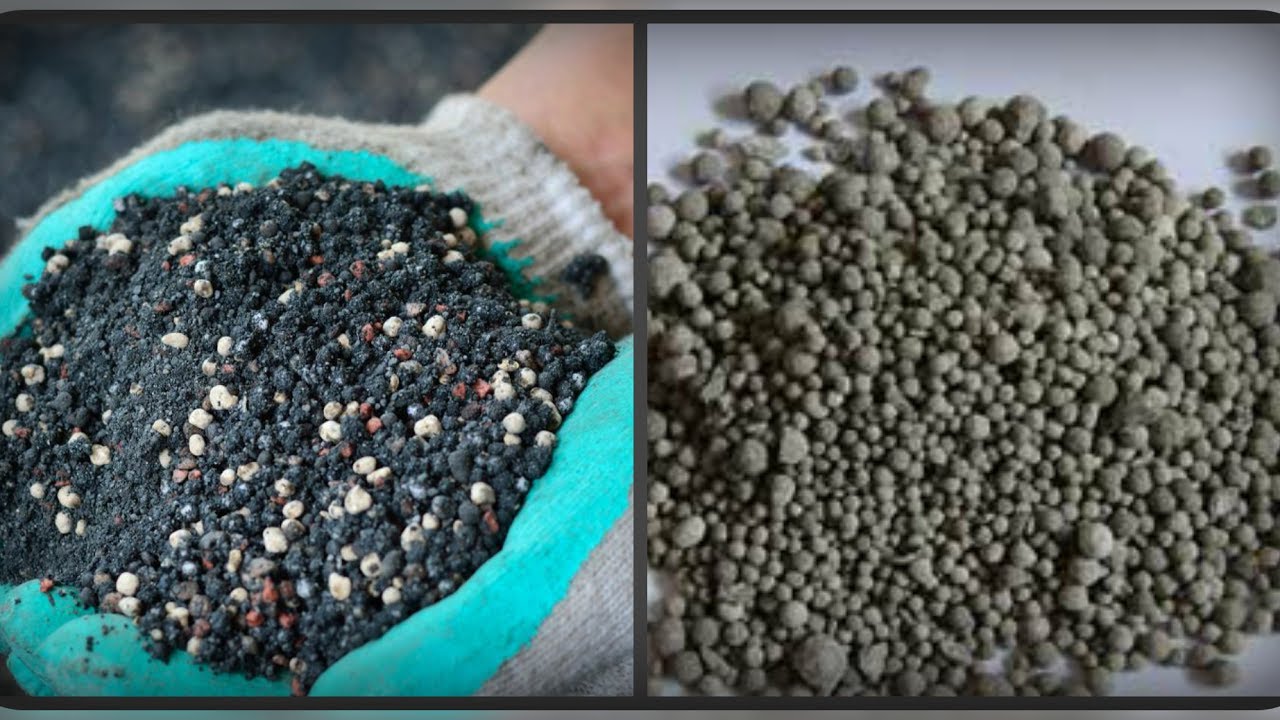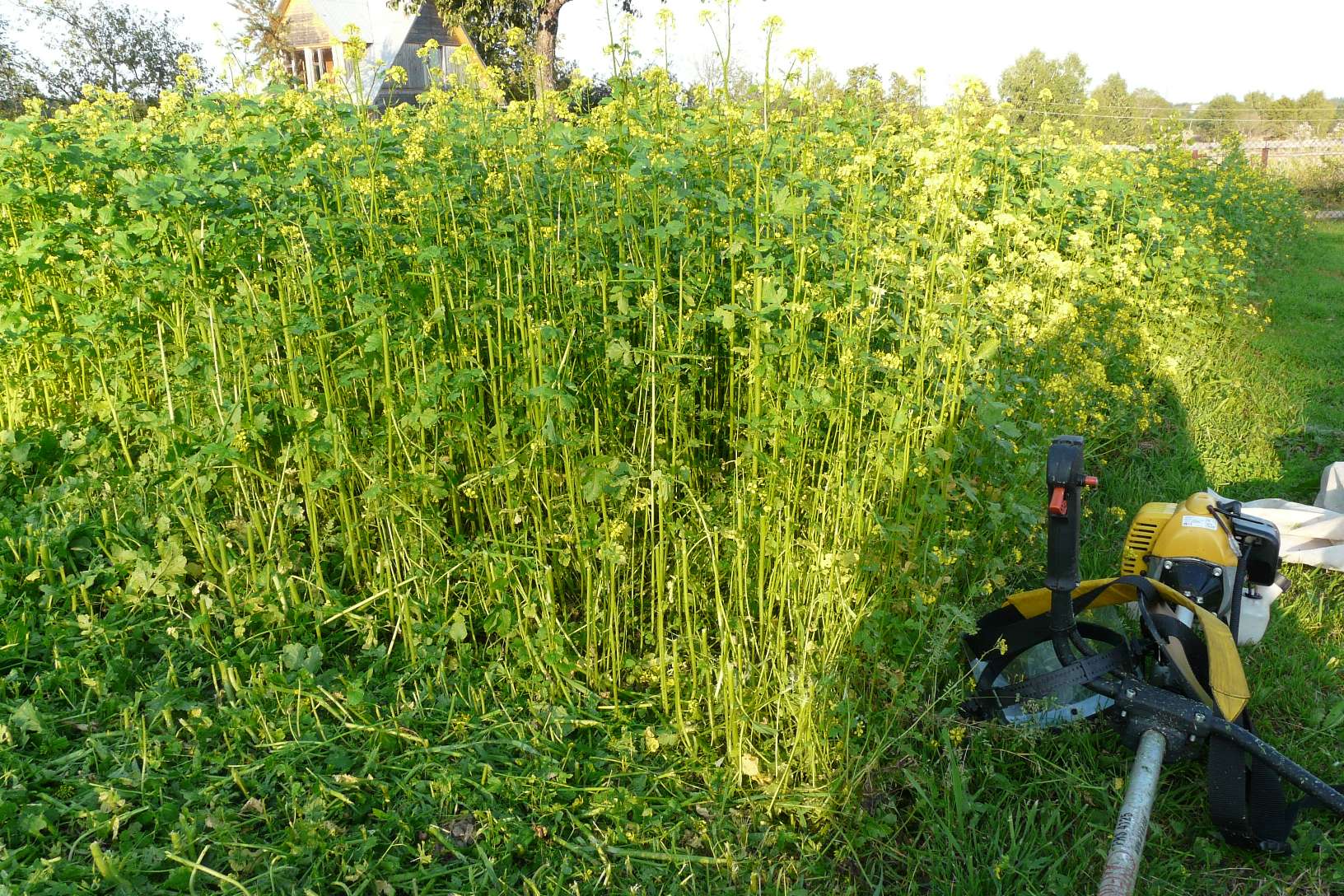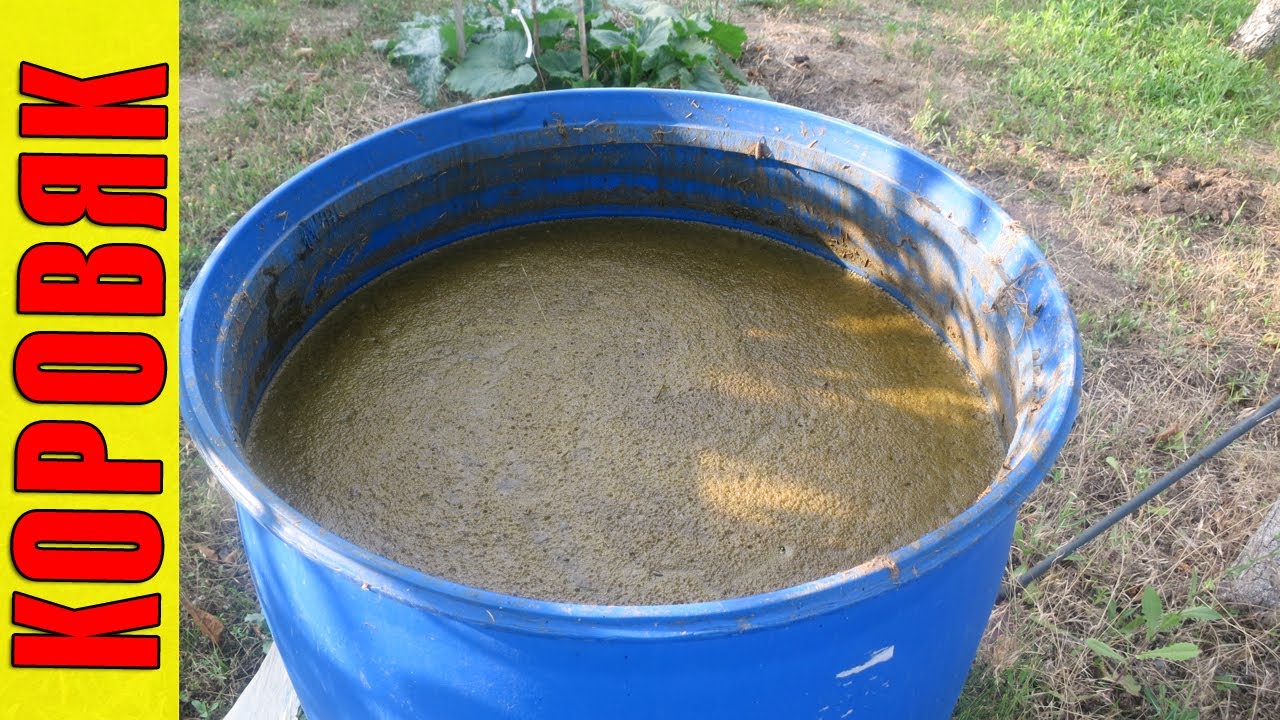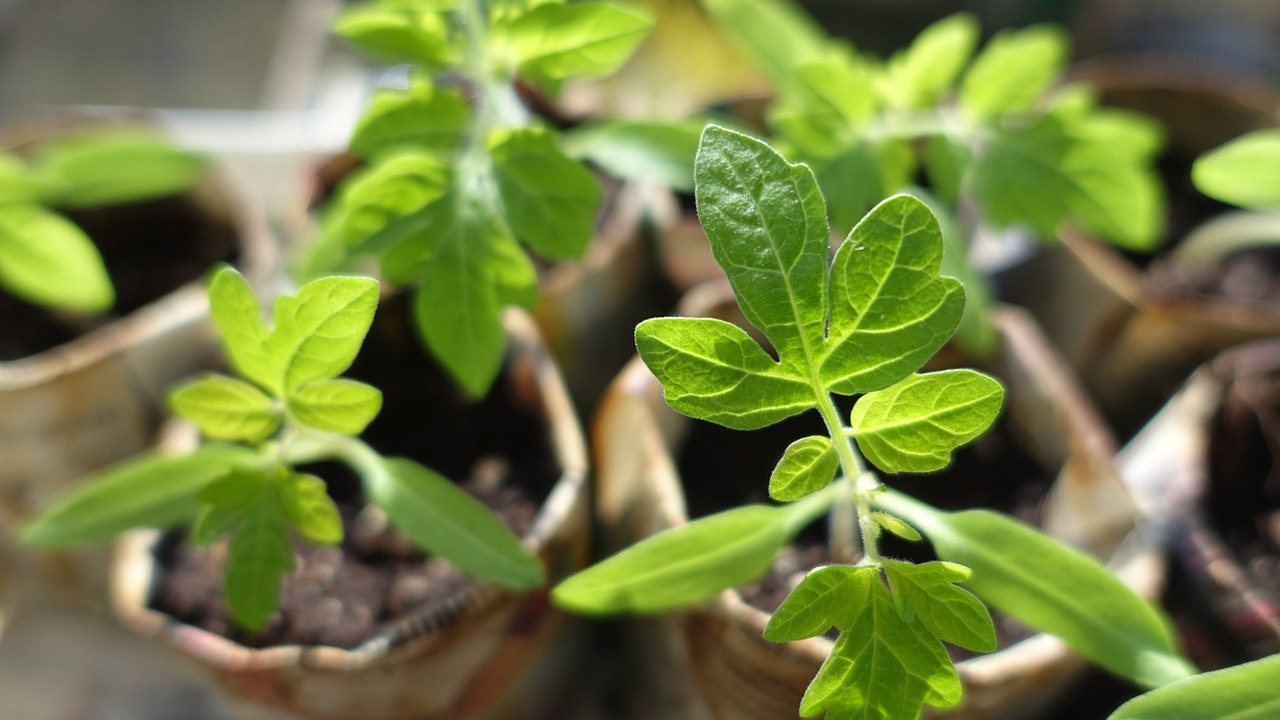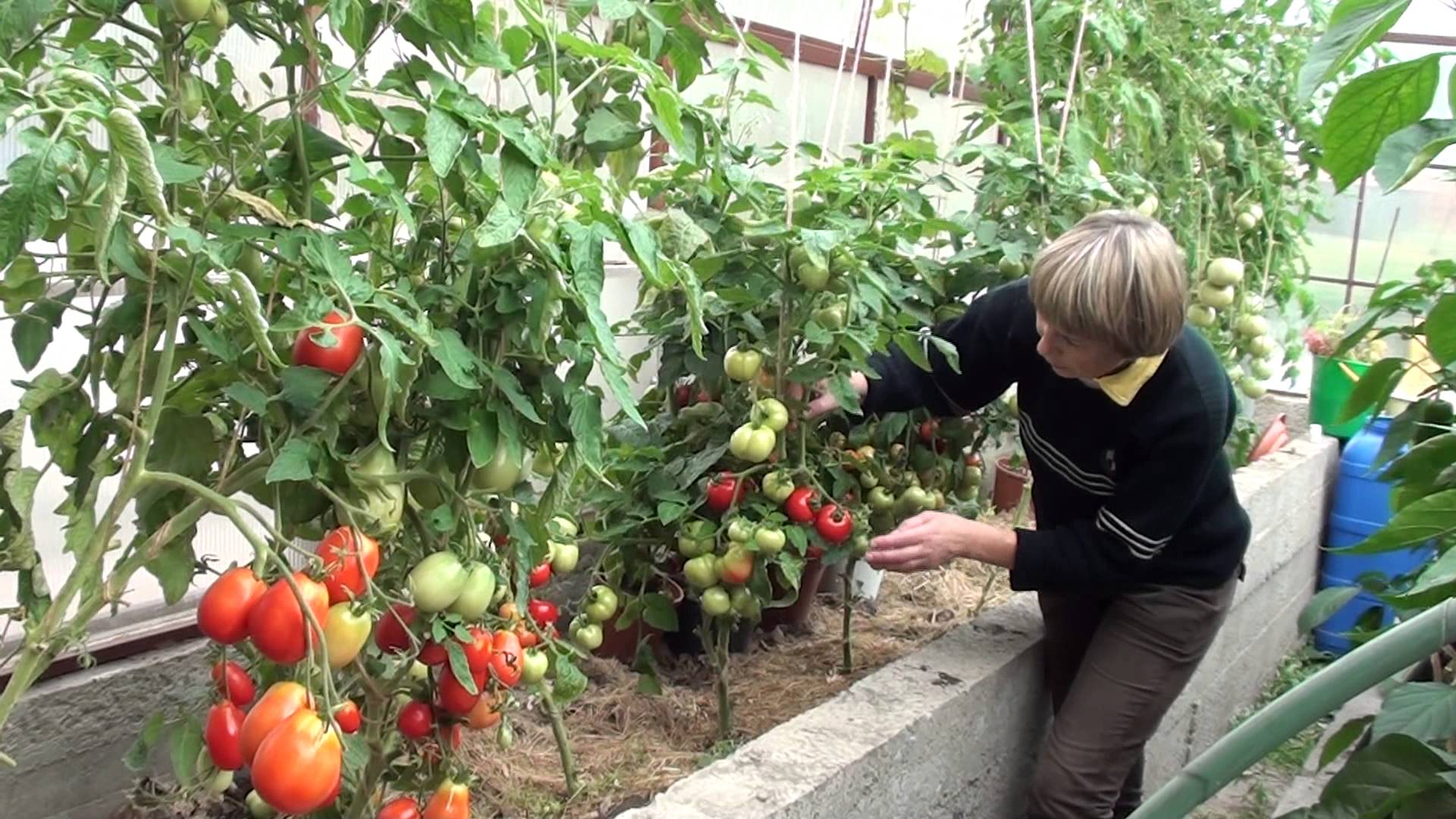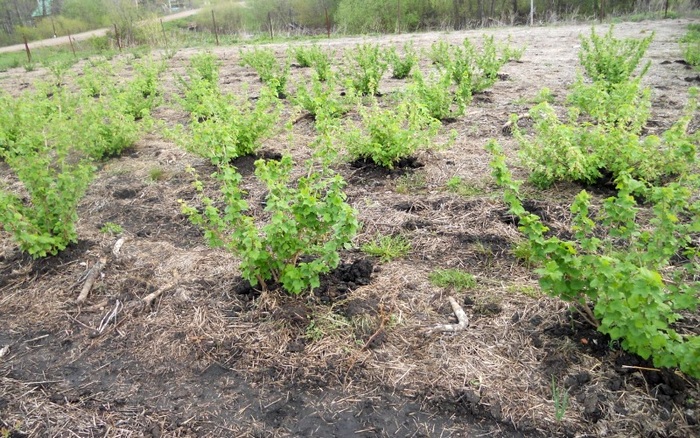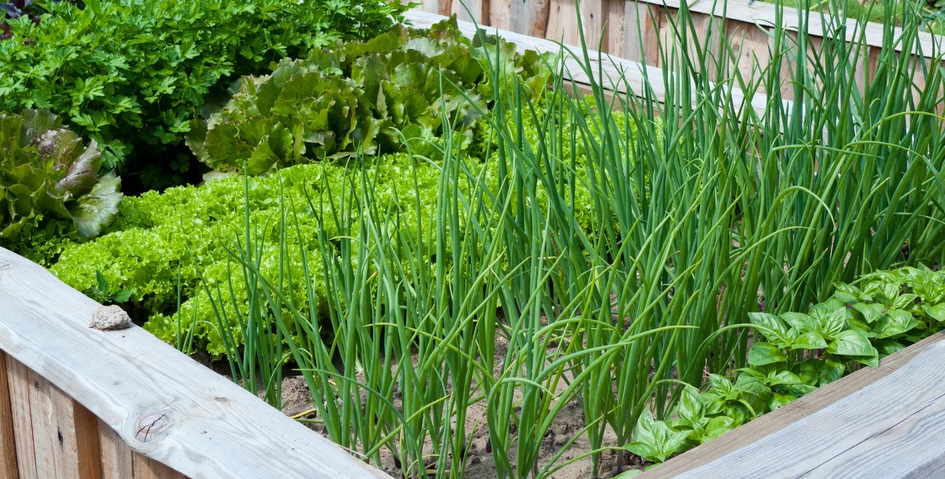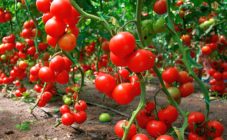Content:
Everyone knows how good cucumbers are both fresh and canned. But to get a rich harvest, you have to work hard. Cucumbers are a very whimsical culture. They react to everything: temperature extremes, frost, heat, lack and excess of humidity and, of course, lack of batteries.
For a cucumber to grow healthy, strong, tasty and beautiful, you need to think about the place of its growth in the fall. This place should be well lit without shading. Ideal as predecessors for them:
- cabbage;
- tomatoes;
- beet;
- potatoes;
- peas.
Preparing the garden
First you need to decide how to cook and what to put in the hole when planting cucumbers. You can cook the garden bed both in autumn and spring.
Autumn preparation
If the garden bed is being prepared in the fall, then after harvesting it must be cleaned of the remaining leaves and roots and treated with a solution of copper sulfate (a tablespoon per 10 liters of water, a liter of solution is used per square meter). Then you can add cow or horse manure and dig up. Over the winter, it will rot, turn into humus.
With a shortage of manure, various fertilizers can be applied to the garden. During the winter period they "ripen" and take the form that plants need. For quality growth, a cucumber simply needs the following substances:
- potassium;
- nitrogen;
- phosphorus.
In autumn, it is necessary to add potassium salts from 10 to 25 grams per square meter and ammonium sulfate - about 15-20 g. Potassium salts can be replaced with ash.
Spring preparation
There are many ways how to get an excellent harvest of cucumbers in the case when it was not possible to fertilize the soil in autumn:
- In spring, no later than 10-15 days in advance, you need to prepare such a bed: dig a groove about half a meter deep, put rotted manure in it, place fertile soil on top, about 15-20 centimeters. After that, close the bed with foil.
- It is permissible to replace manure with rotten hay, fallen leaves or rotted sawdust. One or another substance (or mixture) should be poured into the prepared groove and a layer of earth should also be placed on top. Do not add fresh sawdust. They must be completely rotten. Otherwise, they will do more harm to plants than good.
- 3-4 days before the planned sowing of seeds, you need to mix a glass of ash with two tablespoons of superphosphate, sprinkle this mixture on the garden bed, pour on top of a bucket of humus and rotten sawdust, dig up everything. Dissolve a tablespoon of humate in a bucket of water and spill the soil, you need about 3-4 liters. Consumption is indicated per square meter. After watering, the bed must be covered with a film so that it warms up. The return from fertilizers with humates will be only on low-fertile clay or sandy soil, as well as on calcareous and alkaline, where there is little iron. On fertile black soil, there will be no noticeable result.
- Make a small hole, pour ammophos (a teaspoon) or bone meal (a tablespoon) into it, and finely ground eggshells will also do the trick to obtain calcium.Shed all this well, and plant cucumber seedlings in very moist soil, practically mud, so that the seedlings take root better. The soil is mulched with sawdust, hay or straw.
- Organic matter is introduced: humus or peat, and with them 20 grams of urea, 30 grams of superphosphate, 10 grams of potassium sulfate. All components are dissolved in a bucket of water and water the soil, one square meter.
- To prevent root rot, experienced gardeners, when it comes to what you need to put in the holes for cucumbers, advise 3 tablets of glyoclodine.
- Boiling water is used to remove the ether film from the seeds. A seed is placed in a prepared, seasoned and highly moistened hole, sprinkled with earth and after a couple of hours poured with boiling water. The bed is covered with foil. Vegetables planted this way sprout faster.
It is very useful to plant green manure. They are needed to improve the soil in greenhouses and in small areas. Siderates replenish the supply of nutrients in the soil, loosen it and destroy the toxic excretion of cucumbers. Siderata should be planted in early spring. It is advisable to cover the planting with a film for rapid seed germination. When the greens reach 10-15 centimeters, without mowing or digging them, they make holes, fill them as usual and plant the planting material, not forgetting to water.
The overgrown siderat grass protects the seedlings from the winds. Once the cucumber plants are strong, the green manure is carefully mowed or cut and used as mulch.
Cucumbers: feeding and care
In regions with colder climates and short summers, cucumbers are grown in seedlings. To feed the seedlings, use a mullein solution (1 to 8) or chicken droppings (1 to 10). The plant is fed for the first time after two weeks after the appearance of the first leaves. For the second time, fertilizing is done a couple of days before planting in the ground, while it is necessary to add mullein or poultry droppings for every 10 liters of solution, also put ammonium nitrate and potassium sulfate in the amount of 15 g and superphosphate - 20 g. For every two plants, a glass of solution is enough ...
After the cucumber seedlings are planted in a permanent place, they must be fed every two weeks. It is best to do this while watering. Nitrogen is needed for stem growth and leaf formation. For such a feeding, a liter of mullein and 10 g of urea are diluted in ten liters of water.
When the first flowers appear, you should again add fertilizing from the mullein with the addition of micronutrient fertilizer (one tablet per liter of solution). If there is no mullein, then the solution can be prepared with water. This will require:
- water - 10 l;
- boric acid - 0.5 g;
- manganese sulfate - 0.4 g;
- zinc sulfate - 0.1 g
During abundant flowering, cucumbers are deficient in phosphorus, potassium and magnesium. During this period, complete fertilization must be applied:
- mullein solution - 10 l;
- superphosphate - 40 g;
- potassium sulfate - 10 g.
One bush will need about a glass of this solution.
To lengthen the fruiting period, it is required to feed the cucumbers with phosphorus. Superphosphate is best applied during watering.
Folk remedies
Many gardeners do not like the use of chemicals in their garden. They believe that putting organic matter in the hole when planting cucumbers is better, which acts on them no worse:
- It is useful to add ash to irrigation water (from 40 to 100 grams per bucket of water). As you know, ash contains a lot of potassium and calcium.
- It is not superfluous to water the cucumbers with nettle tea (pour a bucket of young nettle with warm water and let it brew for a week).The infusion is diluted in a ratio of 1 to 7. It can be watered in a day or two.
- A fermented weed infusion is very good. It is prepared in much the same way as nettle tea. All kinds of weeds fit into the tank: quinoa, dandelions, nettles, burdock, sow thistle, they are filled with water and infused for about half a month. Mix the composition every day. The finished solution is diluted in a ratio of 1 to 20, poured into a spray bottle and sprayed with whips and cucumber leaves.
- Feeding with hay also has a beneficial effect. Fresh hay is filled with water at a rate of 1 to 1 and infused for a couple of days. Then you can fertilize. Thanks to such feeding, the growing season increases and powdery mildew does not affect cucumbers.
- An excellent fertilizer is obtained from compressed yeast. To do this, dilute 100 g of yeast in a bucket of water and insist for three days, to speed up the process, you can add a glass - one and a half sugar, then the feeding will be ready in a day. You need to use half a liter of fertilizer per plant. It is better to apply after watering. Thanks to such feeding, pests are not terrible for cucumbers. Fertilize with this type of feeding no more than three times per season.
- Onion peels can be used more than once. First, a decoction or infusion is made from it (20 g of husk is insisted in five liters of water for four days). Then it should be drained and used as a root or foliar dressing. In either case, you need to dilute a glass of infusion in a bucket of water and water or spray the cucumbers. The used onion skins must be spread around the nightshades; the Colorado potato beetle does not tolerate its smell.
Only with proper care can you achieve a good harvest. The selection and competent use of dressings largely determines what kind of harvest the gardener will collect in the fall.
